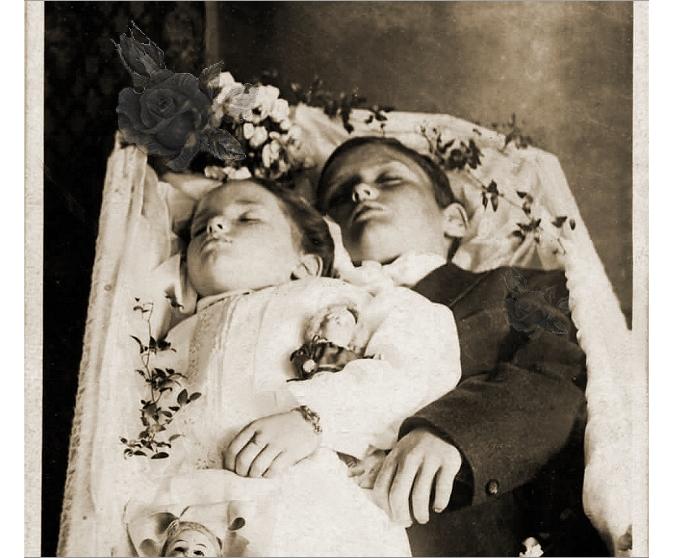
Maybe I'm Morbid PostMortem Photography
Postmortem Photography. Post-mortem photography began shortly after photography's introduction in 1839. In these early days, no one really posed the bodies or cleaned them up. A poorer family.
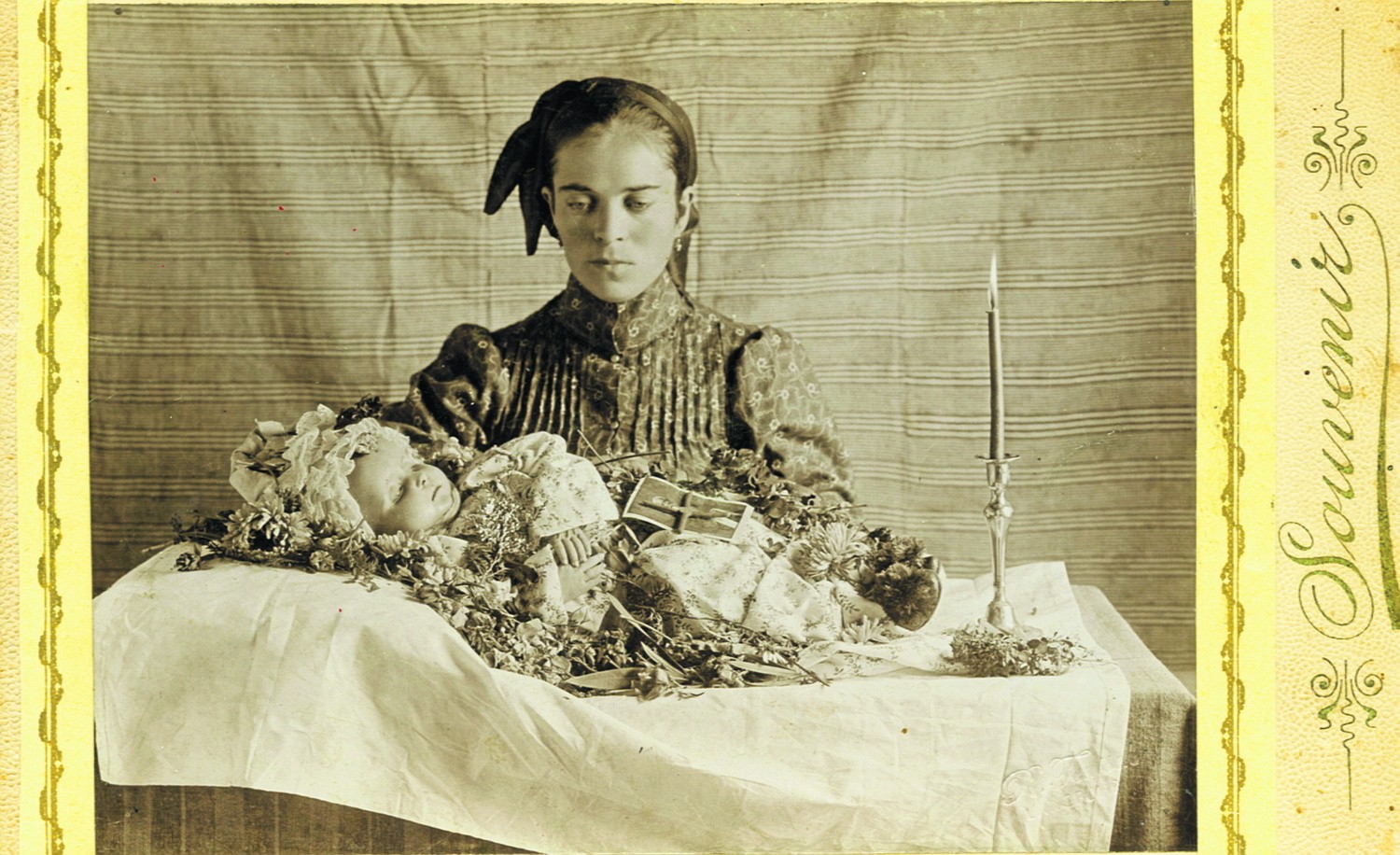
Real post mortem photos
A Brief Definition of Post-mortem Photography. This was the visual and social practice of creating portraits of recently deceased persons via photography; requiring photographers to develop a particular array of creative abilities that allowed them to pose stiff corpses into flattering gestures. And it is part of a broader branch of objects.

Photographing the Dead and Grieving with Spirit Photography
Post-mortem photograph of the Norwegian theologian Bernhard Pauss with flowers, photographed by Gustav Borgen, Christiania, November 1907. Post-mortem photography is the practice of photographing the recently deceased. Various cultures use and have used this practice, though the best-studied area of post-mortem photography is that of Europe and America.

Post Mortem will compete at another four film festivals Budapest Reporter
By capturing the dead on film, Victorian death photos gave families the illusion of control. Although they had lost a beloved relative, they could still shape the portrait to emphasize a sense of calmness and tranquility. In some cases, post-mortem photographs actively created the impression of life.
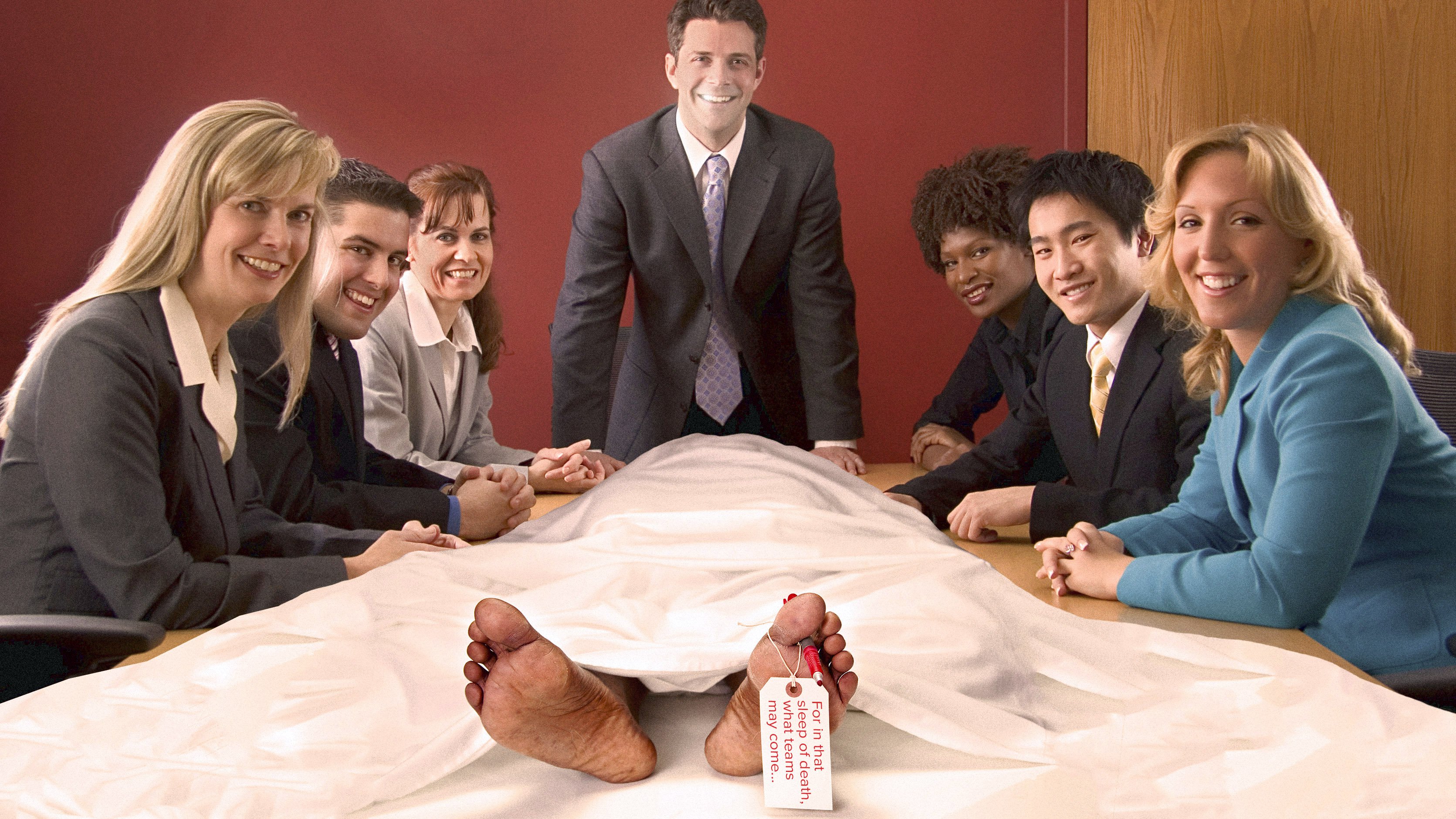
11 Tips for a Successful PostMortem Portent
Browse 2,502 post mortem photography photos and images available, or start a new search to explore more photos and images. Browse Getty Images' premium collection of high-quality, authentic Post Mortem Photography stock photos, royalty-free images, and pictures.

postmortem photography Post Mortem Photography Pinterest
Post-Mortem Photography: An Overview. Post-mortem photographs are images taken of people after death. Memorial and post-mortem photography was common from the birth of the daguerreotype in 1839 to the 1930s. Deaths were frequent in the 19th and early 20th centuries and many people - especially children - had no photograph taken of them.

The Truth Behind Victorian PostMortem Photography HubPages
In a post ostensibly showing Victorian postmortem photos, number eight on the list is an image that has been passed around many corners of the Internet—Viralnova quotes the photo source as Tumblr.
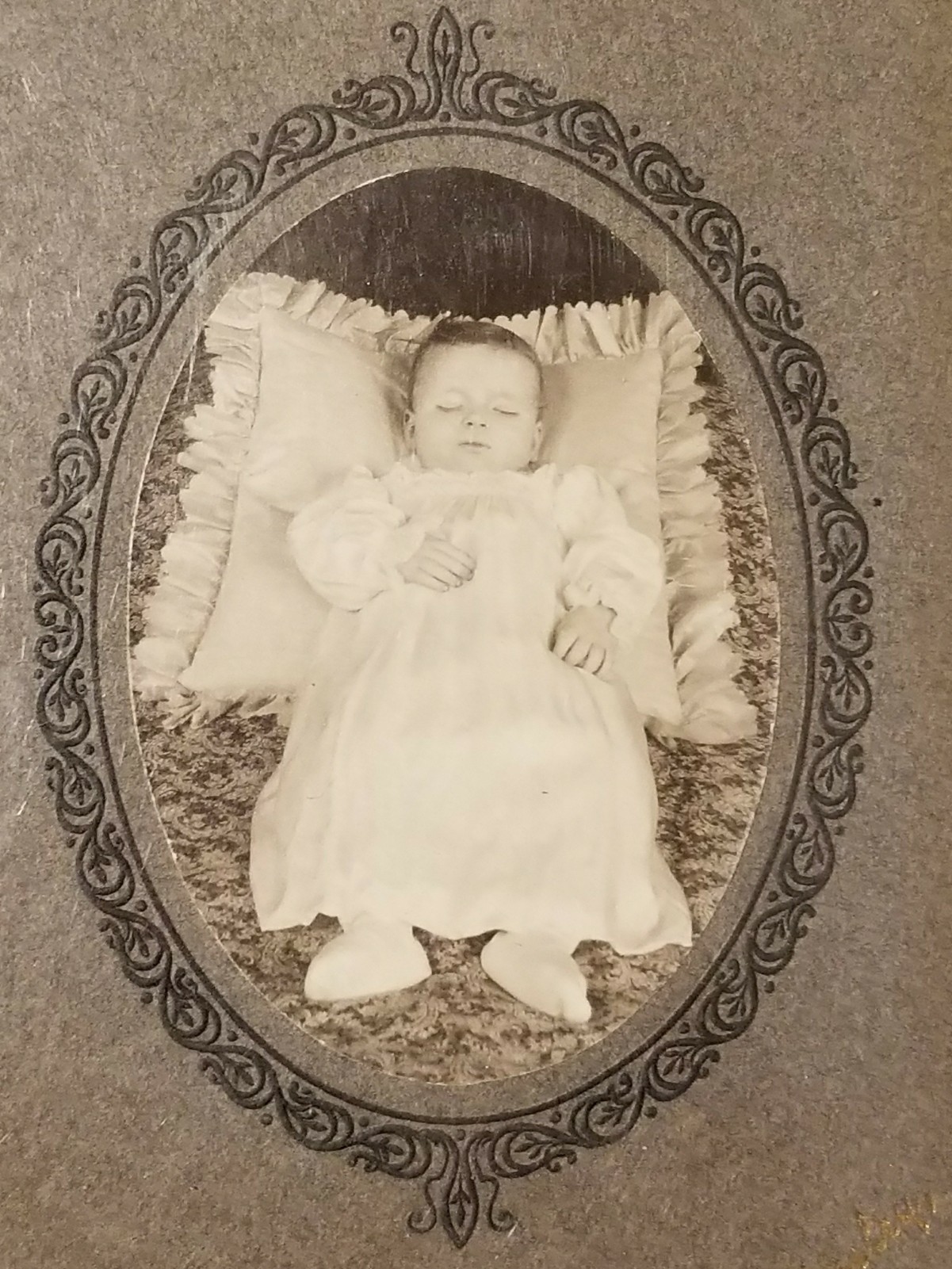
Beautiful Vintage Post Mortem Child Death Photo
The advent of snapshots sounded the death knell for the art - as most families would have photographs taken in life. Now, these images of men, women and children stoically containing their grief.
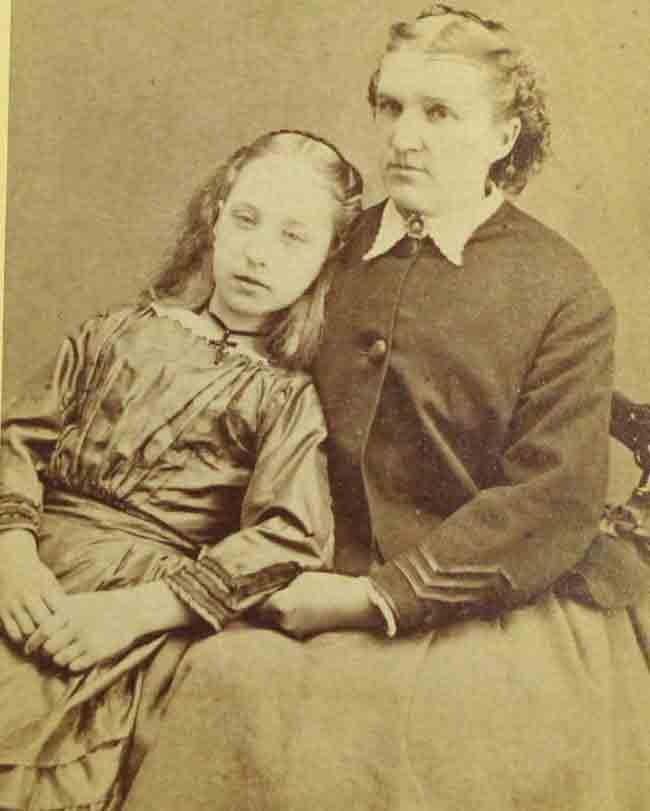
Poignant and Unsettling PostMortem Family Portraits from the 19th Century Open Culture
Lisby: Elderly Woman in Final Sleep, 1/9th-Plate Post-Mortem Ambrotype, Circa 1860. Animals were also mourned and photos were taken. These photos are rarer, but they do exist. Pets in the Victorian Age were seen as part of the family, much like they are today. This aspect of post-mortem photography is really heartwarming to me.

38 best Vintage PostMortem Photographs images on Pinterest Vintage typography, Memento mori
Post mortem photographers had a slogan: "Secure the shadow, ere the substance fades." It was a morbid saying that reflected the Victorian fascination with death and the fleeting nature of mortality, as well as the nexus of photography, a new technology that could preserve images beyond death.

Pin on Victorian post mortem
A post-mortem photograph of a young girl from between 1860 and 1900; National Library of Norway, Public domain, via Wikimedia Commons The Reasons People Took Post-Mortem Photos. Photography was a novel and fascinating medium in the first half of the 19th century.
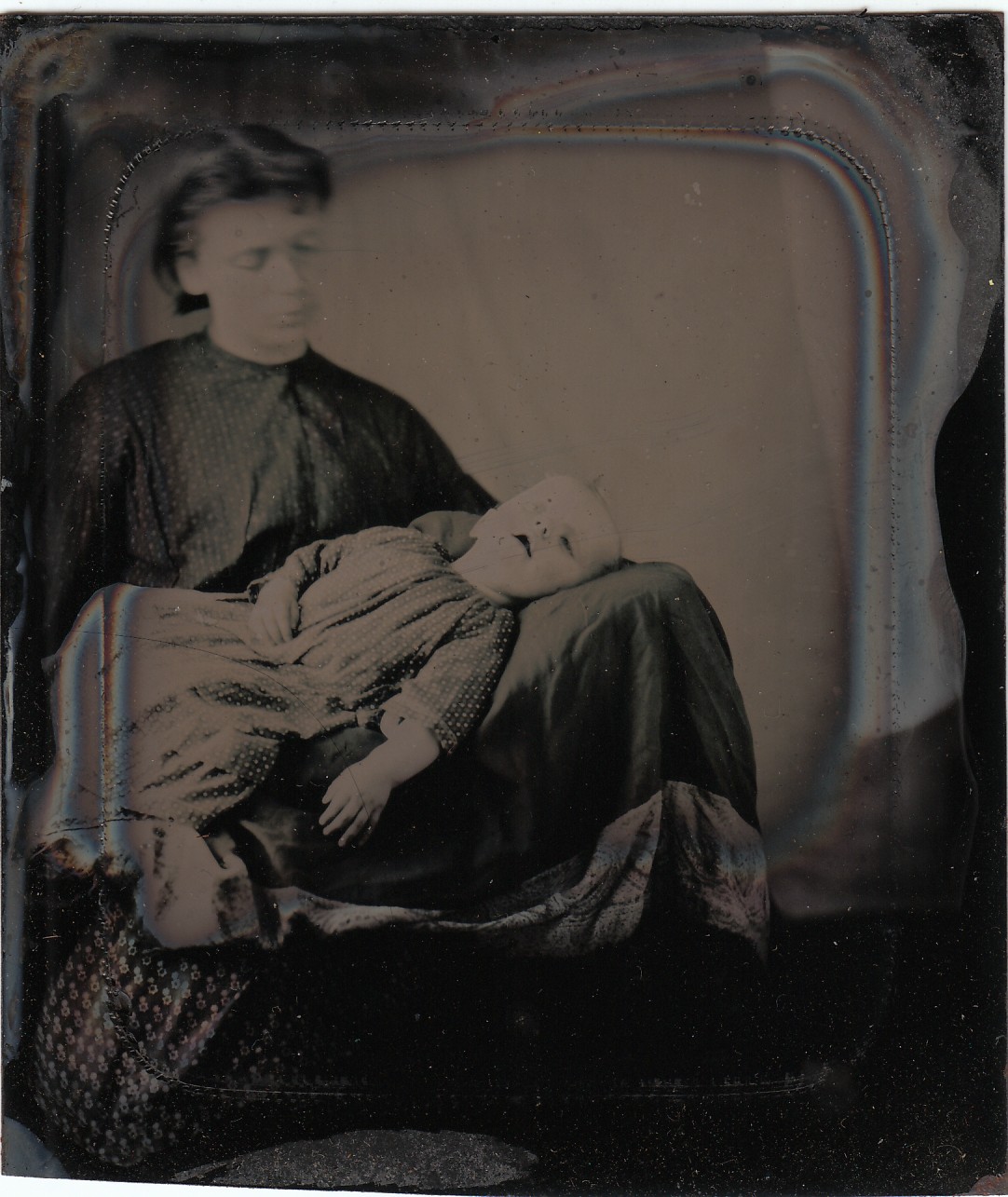
Victorian Era PostMortem Pics
Post-mortem photography sought to capture more than merely the image of the deceased. A common technique was the "last sleep," where the deceased's eyes were closed and they were posed reclining on a bed, a settee or in the arms of a living family member to provide the impression of peaceful rest. This style played upon the prevalent.

The Vintage Art Of Post Mortem Photography Dressing And Posing With The Dead
Post-mortem photography similarly allowed for the family to keep a reminder of their loved one's visage. Though the development of early photography dramatically lowered the price of portraits, the entire affair was still rather expensive, and thus often few pictures existed of children unless one's death brought the family together..

Post Mortem Photography Amusing
Post-mortem photography became a way for families to cope with the deaths of infants and children, to provide themselves with some tangible memory of the deceased's existence. Even more so, it allowed the friends and family of the deceased to remember their loved ones as they appeared in the image instead of picturing the effects of.
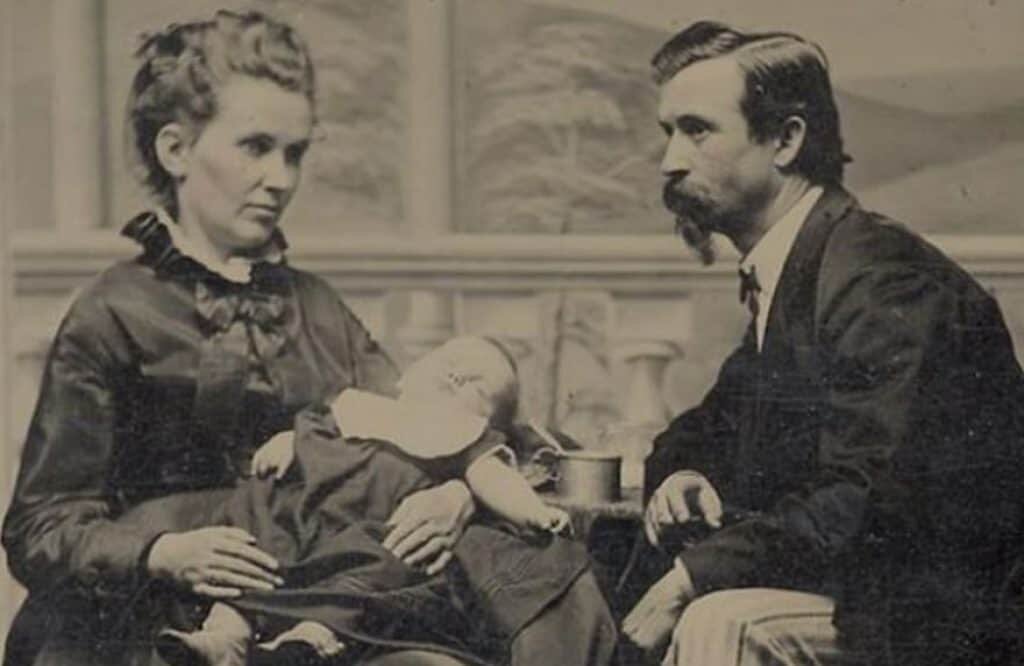
Post Mortem Photography Immortalizing the Dead Historic Mysteries
Despite their common name, tintypes are not made of tin. A tintype is a plate of treated iron coated with a collodion mixture (afterwards dipped in a silver nitrate solution), exposed to light, developed in an iron sulfate solution, and fixed with a potassium cyanide solution. Tintypes were popular from the mid-1850s to the mid-20th century.
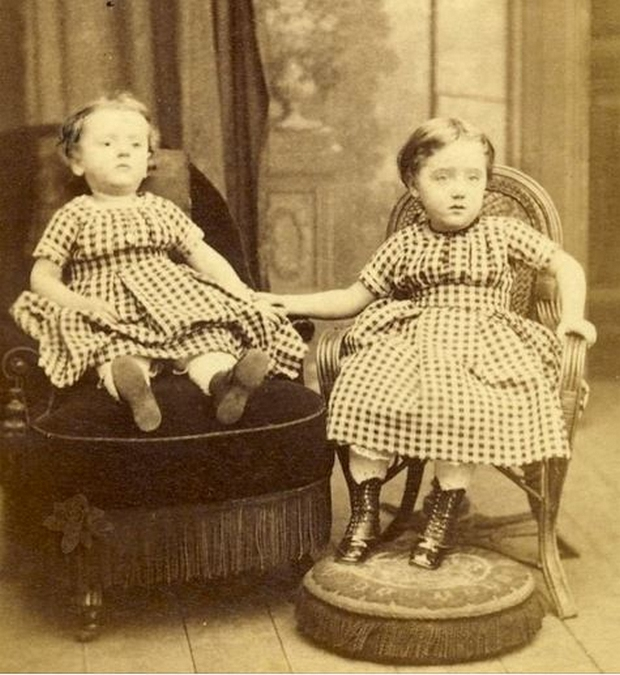
The Most Weird Tradition of Victorian Era PostMortem Photography (Gallery)
With its associated skepticism and shame, and mystery spoken in hushed tones, post mortem photography is a metaphor for most of American cultural development. Post mortem photography reflects the cultural developments of a burgeoning country's relationship to death, technology, and social status. Since the 19th century, Americans have.